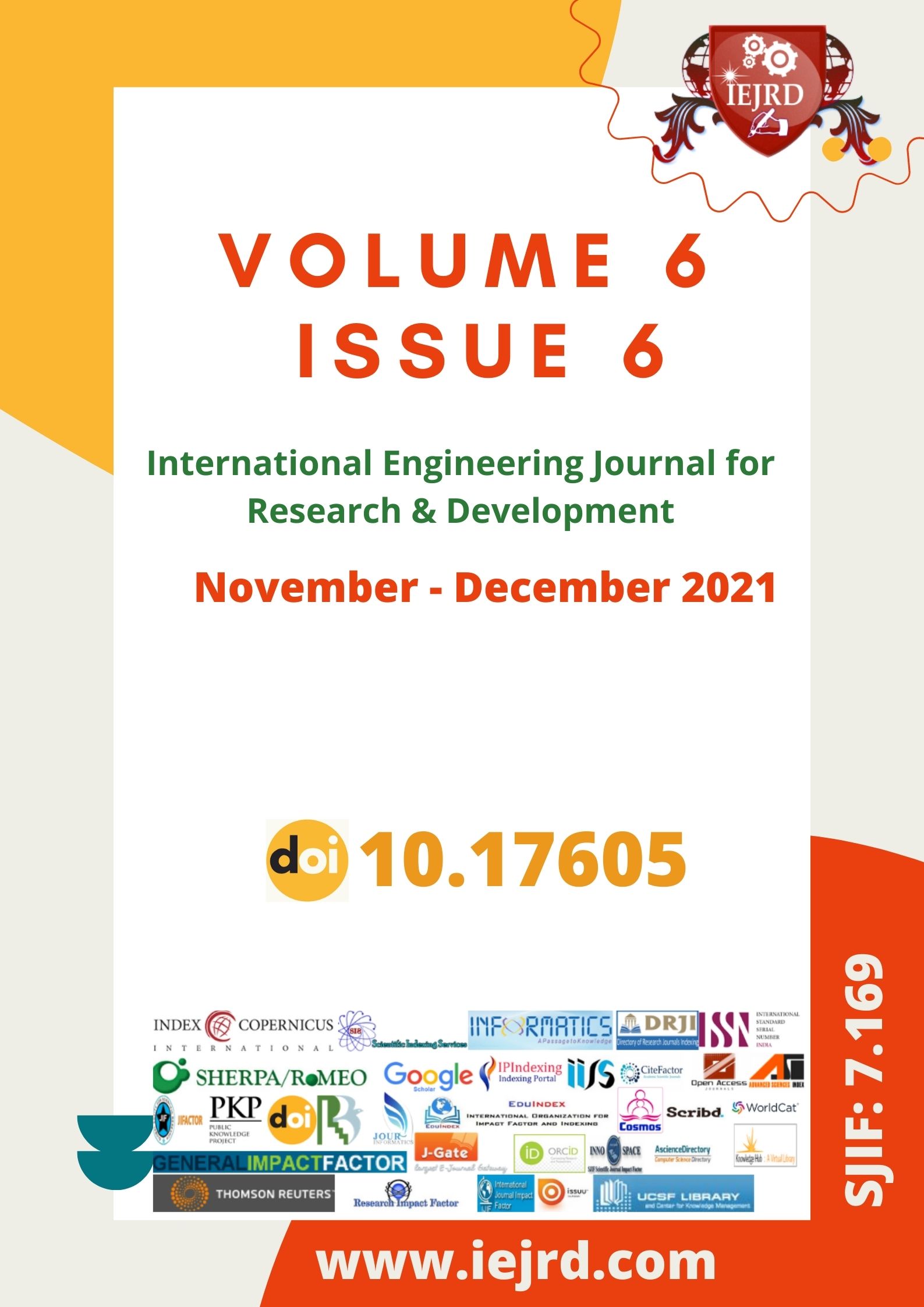TECHNOLOGY TO IMPROVE STUDENTS' CREATIVE THINKING BASED ON AN INTERNATIONAL ASSESSMENT PROGRAM
DOI:
https://doi.org/10.17605/OSF.IO/NV87GKeywords:
Creative thinking, creative, written, visual expressions, convergent, divergent thinkingAbstract
This article describes the work done in PISA 2022 to further enhance and develop students' creative thinking, the main purpose, importance, specific limitations of creative thinking and the personal factors that shape creative thinking.
Downloads
References
Amabile, T. (1985), “Motivation and creativity: effects of motivational orientation on creative writers”, Journal of Personality and Social Psychology, Vol. 482. pp. 393-399 (accessed on 14 February 2018).
Amabile, T. (1996), Creativity In Context: Update To The Social Psychology Of Creativity, Westview Press, Boulder, CO.
Bear, J. (2016), “Creativity doesn’t develop in a vacuum”, in Barbot, B (ed), Perspectives on Creativity Development: New Directions for Child and Adolescent Development, Wiley Periodicals, Inc.
Barbot, B. and B. Heuser (2017), “Creativityand Identity Formation in Adolescence: A Developmental Perspective”, in The Creative Self, Elsevier.
Batey, M. and A. Furnham (2006), “Creativity, intelligence, and personality: a critical review of the scattered literature”, General Psychology Monographs, Vol. 1324, pp. 355-429
Downloads
Published
How to Cite
Issue
Section
License
Copyright (c) 2021 IEJRD

This work is licensed under a Creative Commons Attribution-NonCommercial-NoDerivatives 4.0 International License.






















